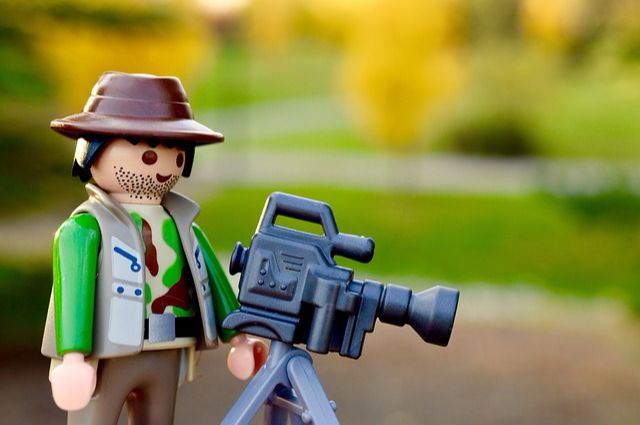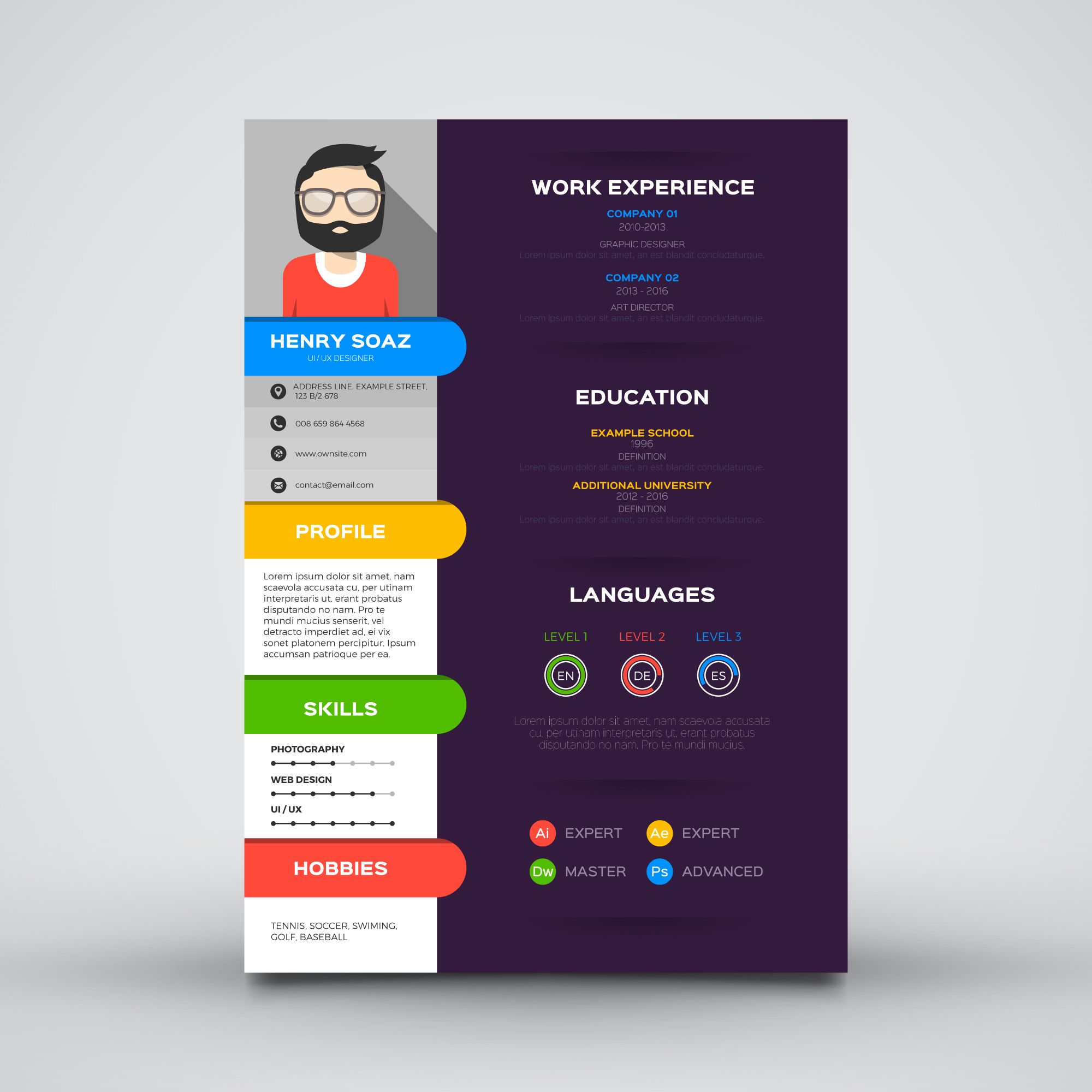
What Improv Can Teach You About Career Building
- Heer Shingala
- June 11, 2018
- 0 Comments
- 0 Likes
- 1805 Views

Brittany K Allen, a New York-based writer-performer, once wrote: “An improv class is like a relationship. No – an improv class is like the island of misfit toys. An improv class is like a gym. An improv class is like a closet monster. Scratch all this, I’ll make the metaphor broad: an improv class, friends, is like life.”
An improv is a form of live theatre in which the plot, characters, and dialogue of a game, scene or story are made up at the moment. Often, the performers take suggestions from the audience to get started and make up the scene as they go along.
As somebody in the creative field, I feel the occasional block. When someone told me that improv will help me to overcome it by releasing my creative juices, I decided to try it.
When I first read about improv, it sounded extremely simple to me. The first rule said: All you gotta do is AGREE with what the other person says. My 20-something female self in a patriarchal society chuckled and said, “You mean, do what I always do, right?”
Soon enough, weeks turned into months, and I realised that improv sessions were helping me become a better employee, colleague, and person in general. Here’s how following the rules of improv in real life helped me:
Rule No. 1: Say Yes
"Life is what happens to you while you're busy making other plans." - John Lennon
In Improv, the first rule is to agree with whatever your co-performer suggests. If he says, “It’s so hot.” You can’t say, “How can you feel hot? It’s December.”
You can either say, “Of course, Jay. We are in hell.” Or, “Here, have an iced tea.”
Bottom line, when someone says something, you are not allowed to deny it.
How does it apply to workplaces?
If you’ve spent any amount of time at a workplace, you know that every single thing is a conjunction of a lot of factors. Often, things don’t go as per your expectations. You need to simply accept what happened and take action thereforth. Acceptance can be difficult, especially when you have other plans in mind.
In improv, when we get a suggestion from the audience, my mind immediately comes up with a plan on how I want to treat it. But if my co-performer takes the lead and starts implementing his ideas, as a rule in improv, I can’t disagree with him.
This applies to life too. Some actions by others are irreversible, and accepting them gives you the chance to deal with the situations in a better way.
It takes strength to accept what life throws at you, but it takes courage to actively react to the situations to make them better. The second part of the “say yes” rule is the word “and…”.
In improv, when your co-performer suggests something you didn’t expect, not only should you accept their suggestion, but also contribute to it to set them up for success.
In real life, you can’t always get your way with your colleague or even your partner for that matter. But if you pick your battles carefully and help them succeed, they are likely to return the favour in the future.
“Why?”
“Because it’s summer!!!”
“Oh, okay.”
Carefully observe the above exchange. When the first person made suggestions, the second person repeatedly responded with questions, thus stalling the scene.
Now, read the following exchange:
“It’s so hot!”
“Yeah, that’s why I got us tickets to Antarctica!”
“What! Which airlines in the world sends planes to Antarctica!??”
“I met a guy outside Gateway of India who sold me these tickets.”
“I think he duped you!”
“Oh, no! Why does this always happen to me?”
Don’t be a part of the problem; be a part of the solution
How does this apply to workplaces?
What did I learn from this improv lesson? Never, ever approach your manager with a problem which is not backed up by solutions. Before reporting some problem to your manager, sit down for 10 minutes and think of all the possible solutions. Ideally, here is how you should present the inevitable problems to your boss:
“Hi, boss. There’s a problem: ________. I thought about it, and here’s what we can do to solve it: < Solution a > , < Solution b > and so on.
Brownie points if you also ensure that you know the possible success rate of each of those solutions along with the amount of time and resources they can take up.
“Make mistakes; don’t fake perfection.”
As Tina Fey wrote in her book, Bossypants, “If I start a scene as what I think is very clearly a cop riding a bicycle, but you think I am a hamster in a hamster wheel, guess what? Now I’m a hamster in a hamster wheel.”
There are no mistakes in improv. If someone interprets you incorrectly, you go along with their interpretation, and maybe find an angle which is different from what either of you might have visualized.
How does this apply to workplaces?
This is not to say that you should blatantly accept any accusations thrown at you. It simply means that if you make a mistake, don’t waste too much time feeling bad about it. Own up your mistake, and try to work with what you have left in your hands.
Learning improv can be a great way to look at things from a different perspective. It unleashes your imagination and allows you to rediscover yourself. Check out the life outside of the echo chambers!

Heer Shingala
Writer. Sassy. My life is an endless conundrum between Destination Happiness and complacency. In a romantic relationship with Mumbai.
START LEARNING
START LEARNING
START LEARNING
START LEARNING
START LEARNING
START LEARNING
START LEARNING
START LEARNING
-
![]()
How YouTube Paid For My Pocket Money
January 25, 2018
-
![]()
How I Pursued My Passion For Film-Making
January 26, 2018
-
![]()
15 Tips For a Great Engineering Resume
February 02, 2018



 ALL COURSES
ALL COURSES  COMMUNITY
COMMUNITY  LIVE CHATS
LIVE CHATS  EXPERTS
EXPERTS  MY CERTIFICATES
MY CERTIFICATES  ABOUT
ABOUT  SUPPORT
SUPPORT
Comments (0)
*Some Comments would not be shown if marked as Spam